Part 3: Pros and Cons of Growing Tropical Plants in Low Humidity


Alright, Part 3!
First, let's talk about the benefits of growing plants in low humidity.
-You won't have to worry about filling your humidifiers ever.
-You can put your plants anywhere in the house, providing they have enough light to thrive. No more greenhouses. No more Ikea cabinets. No more stacking your plants into tiny glass boxes. Free big plants movement!!
-The risk of bacterial and fungal issues will decrease significantly.
-Your plants will grow stronger and less susceptible to drastic environmental changes.
-Without high humidity, your houses and your electrical devices will be forever thankful. High humidity will cause molds and damage the electronics.
The cons:
-Let's address the elephant in the room! Your plants will grow slower. Here is why: When in high humidity, your plants will produce aerial roots that can absorb water particles in the air. Once the aerial grows down to the soil, they will become soil roots. That means the plants will have many more access points to absorb water and nutrients, hence more material for photosynthesis, hence faster growing.
-New leaves will unfurl easier in high humidity because the water particles in the air will act as lubricants. For some philodendrons and anthuriums, the leaves can deform if the air is too dry. You can combat that by spraying the new sprouts regularly and group plants together.
-For cuttings, nodes, seedlings, and slightly rooted plants, high humidity is crucial. The cuttings don't have root systems to get the water, so they can only get water through leaves and stems. If there are not enough water droplets in the air, your cuttings will be dehydrated and die. I recommend boosting humidity until the roots are sufficient to support the whole plant. Then you can slowly acclimate them to lower humidity environments.
Phew, I thought this would be the last part. Unfortunately (or fortunately :)), it isn't. Next post will be the last and a provocative part, too. It's called, " The Dark Side of High Humidity." Don't miss it!

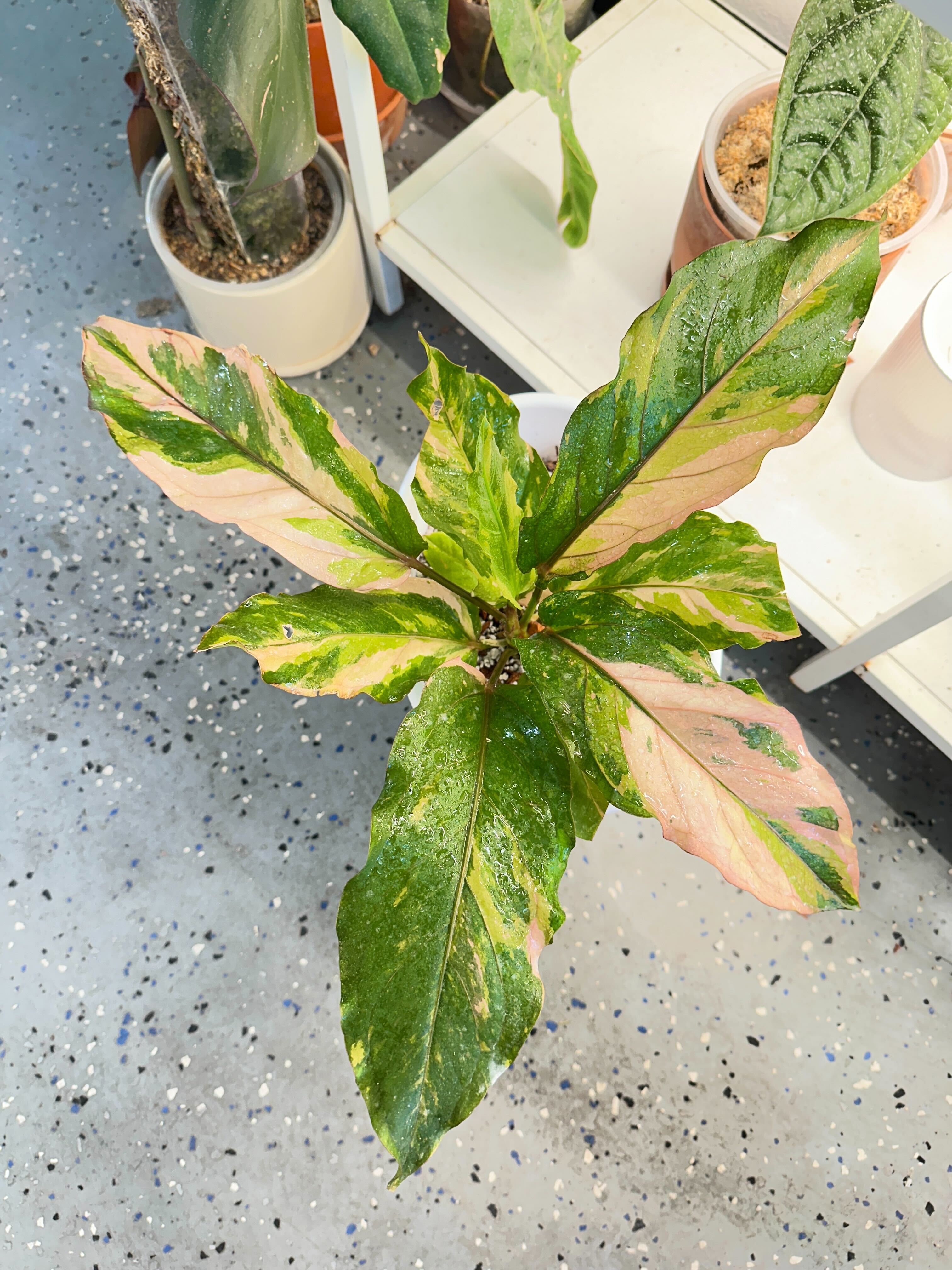
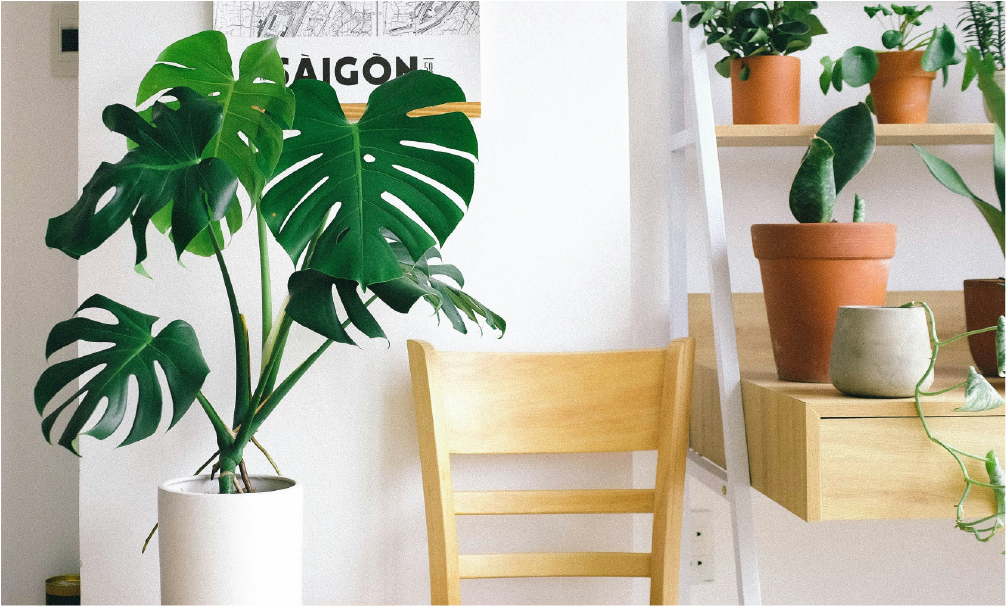


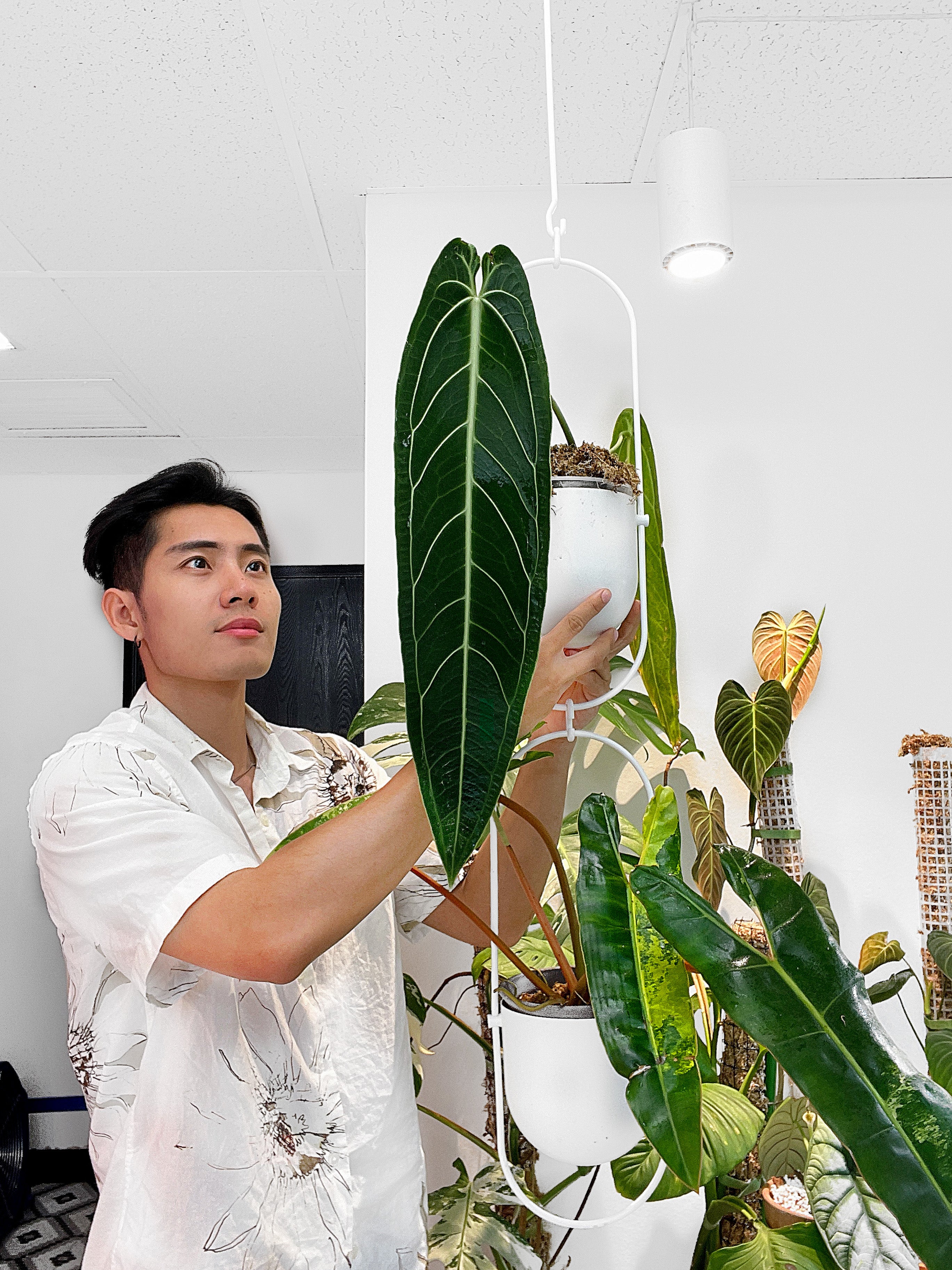
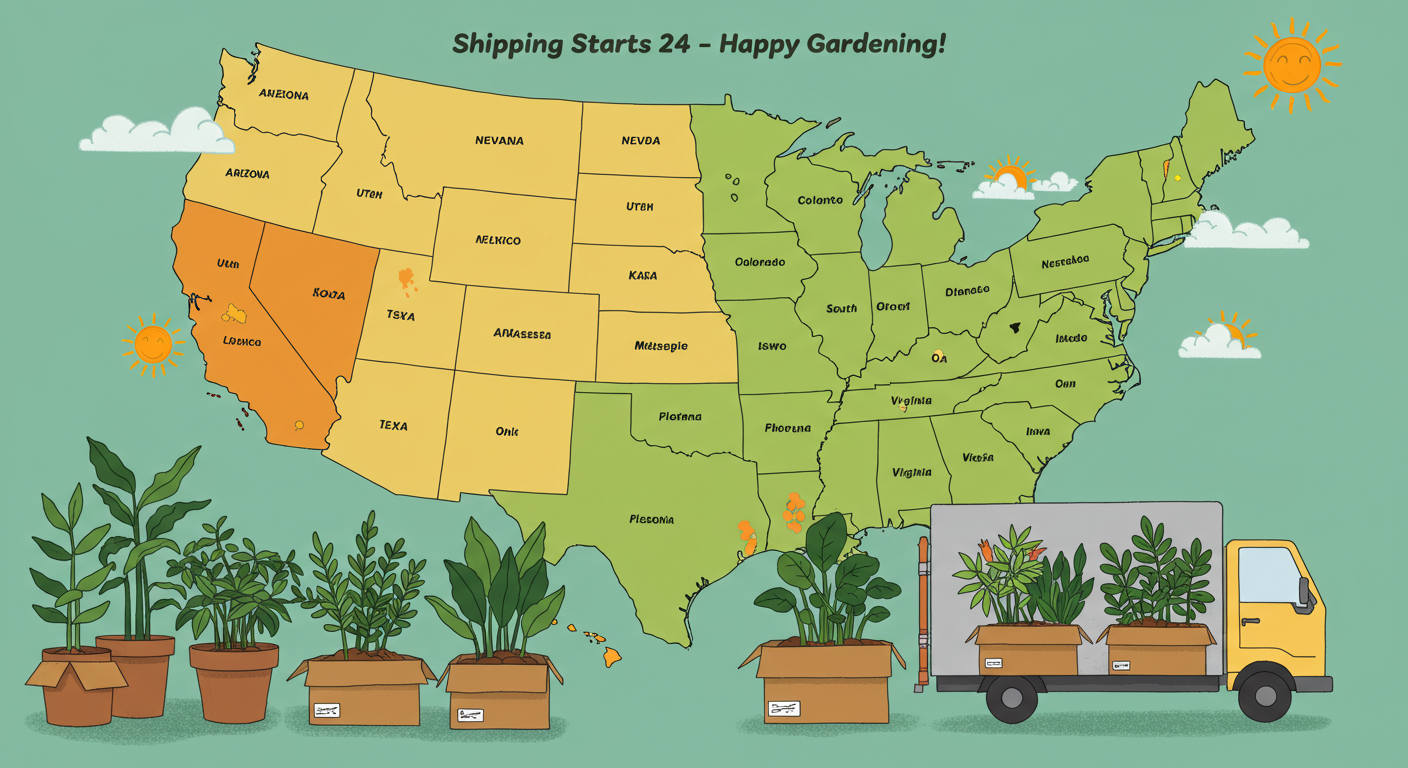
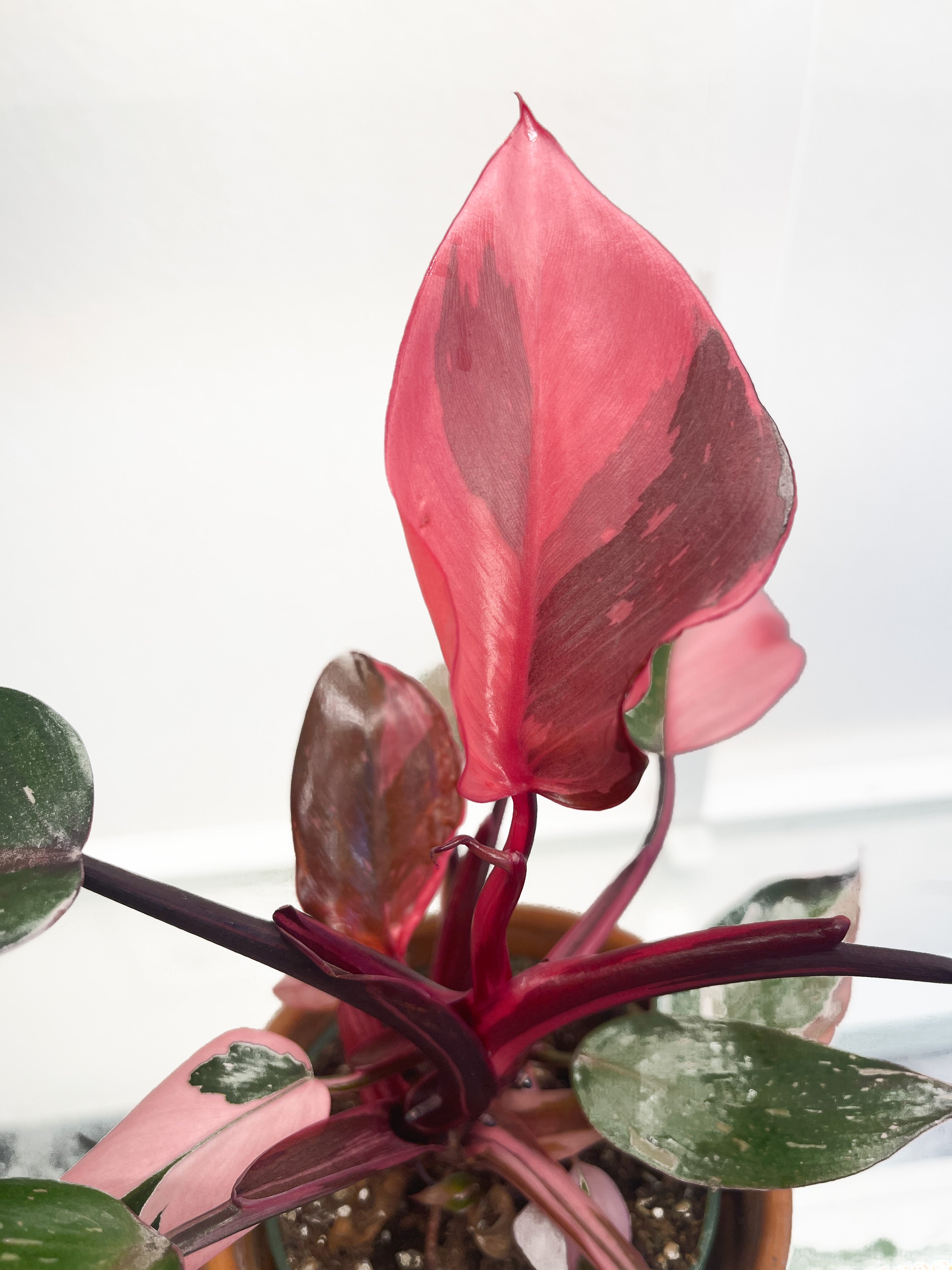
Comments